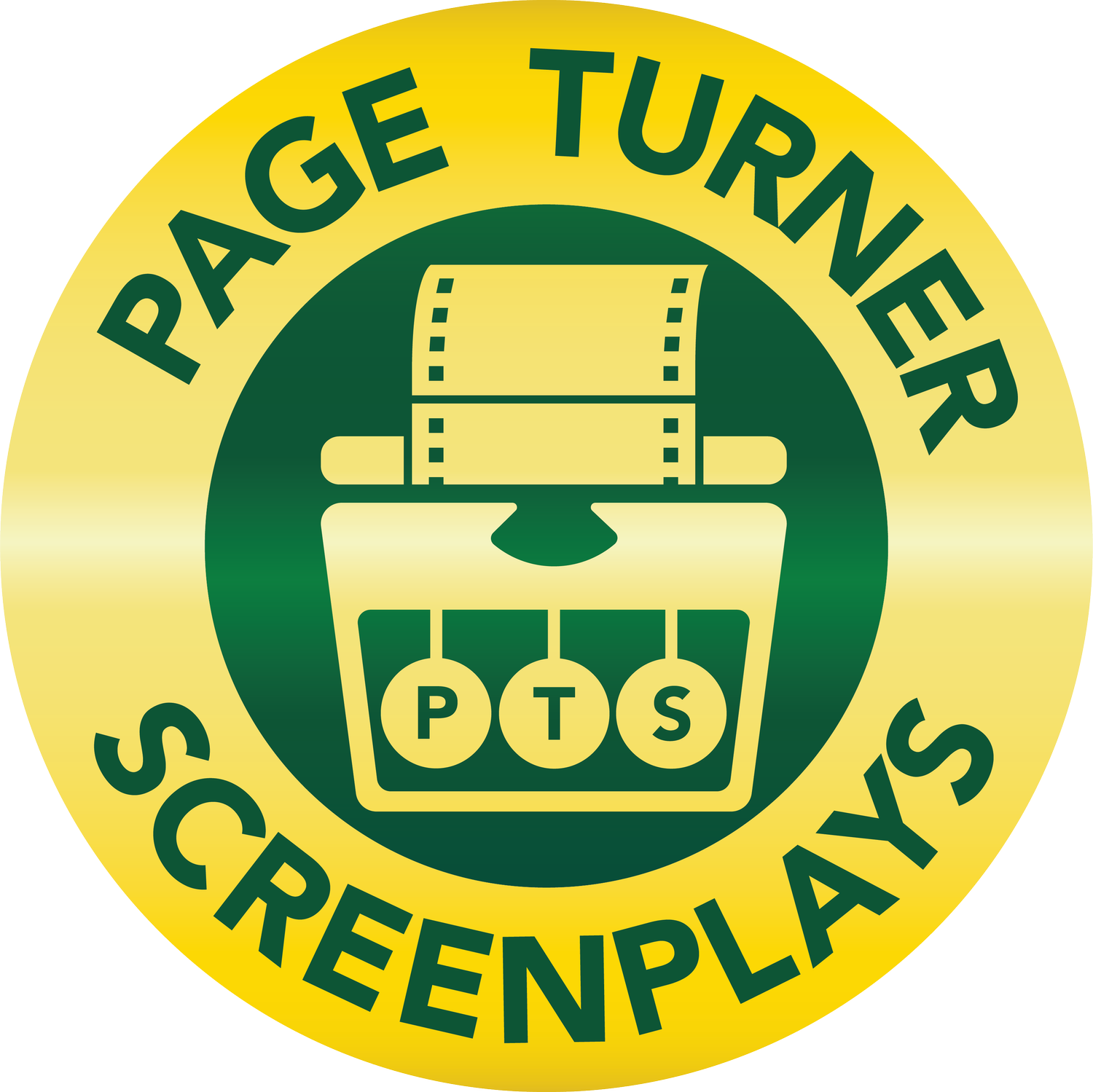CHEATSHEET - 7 WAYS TO GET YOUR SCRIPT PAST THE FIRST ROUND OF READERS
Whether you are submitting your script to a competition, a producer or an agent, you have to make sure it is tight enough to get past those first round readers to make it to the decision makers.
Here are some of the things writers MUST do to overcome reader pet peeves and show they know how the industry works. Otherwise, writers face an early exit from competitions and their scripts being bounced by assistants to the “PASS” pile.
STANDARD INDUSTRY FORMATTING – If your script doesn’t follow standard industry formatting this immediately shows the reader that the writer is a total amateur and doesn’t respect the reader’s time or their own craft. Basically, the writer is telling the reader that they can’t even be bothered to look at what a screenplay looks like. Most readers won’t waste their time reading the “script” if they receive something written out of format and for good reason, they have a pile of scripts from dozens of other writers who took the time to learn the craft and they can read theirs.
SPELLING & GRAMMAR – Spelling and grammar errors on the first few pages. No one really cares about one or two in a script but when there are multiple within the first few pages its a clear sign the writer doesn’t respect their own craft enough to run a spell check, so why should the reader care to read it.
CAMERA DIRECTIONS – Unless you are directing your own script or a top level writer, DON’T include angles or direction. First, it looks like lazy writing. Secondly, no director who might be interested in your story wants to be told how to shoot the movie. Why would a director sign on if he is not allowed to be part of the creative process?
NOVELS MASQUERADING AS SCREENPLAYS – Massive Description or “Action” paragraphs that read like a novel. If you want to write a novel no one is stopping you, but if you want to write a screenplay then you have to learn to write active description. If the description is thick with huge paragraphs it is clear that the writer has not mastered writing for a visual medium. Remember, that you are essentially writing the architectural plans for a movie or TV show.
VOICE OVER – A common red flag for readers. If your script starts with a voice over explaining your character and backstory, go back and figure out how to “show” it, not “tell” it to us. This is what readers mean when they say “show” don’t “tell”. If you have a voice over character TELLING us exposition, then you have a critical mistake in your story right off the bat and most readers will drop that script like its kryptonite.
ON THE NOSE DIALOGUE – meaning that it directly “tells” us what we need to know. Listen to how people speak in real life and notice that they very rarely state exactly what they mean. Learn to write dialogue like that and you will have readers following every line.
“IN BETWEENS” – Anything the writer decides to put in between the Title Page and the script such as character descriptions, loglines, pages explaining to a reader backstory, a story pitch or a synopsis. These usually break the rules of submission to most competitions, but also show a lack of professionalism if all that was asked for was the script. The other problem is that these usually defeat the purpose of reading your script and allowing the reader to enjoy your story if they are already being told everything before starting.
Use these a warnings or caution flags to help you improve your writing and your chances. If you need help with your screenplay we have several notes options in all our competitions that allows you to work with a professional writer.
But most of all take your time with your work and learn the craft you’ve chosen to pursue. Make sure that you are submitting your best work. Don’t let simple mistakes ruin what could be an opportunity for you.

